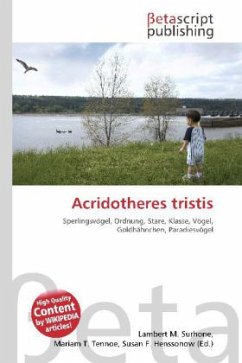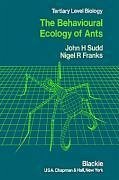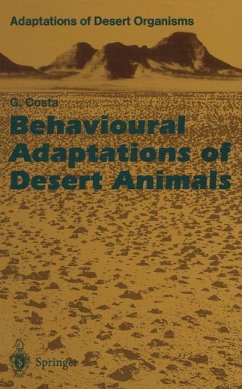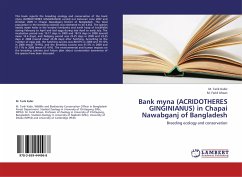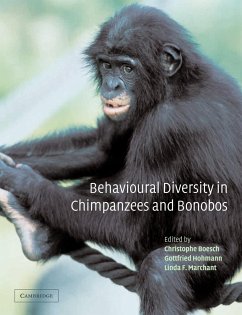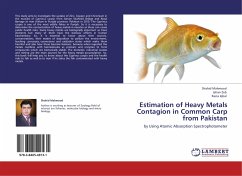
Behavioural Ecology of Common Myna, Acridotheres tristis
Impact of Agricultural practices
Versandkostenfrei!
Versandfertig in 6-10 Tagen
39,99 €
inkl. MwSt.

PAYBACK Punkte
20 °P sammeln!
Common Myna occurred predominantly in bird community of 27 bird species which was characterised by 10 insectivores, 7 omnivores, 4 frugivores, 4 granivores, 1 predatory and 1 nectarivore. Common Myna formed foraging association with 21 species, while its feeding association was restricted only to 11 bird species. For roosting Common Myna preferred all the three levels of canopy mainly of woody, wide canopied trees. Common Myna formed perching association predominantly with five species. For nests and nesting requirements, Common Myna was found closely associated with House Crow, Ring Dove, Red...
Common Myna occurred predominantly in bird community of 27 bird species which was characterised by 10 insectivores, 7 omnivores, 4 frugivores, 4 granivores, 1 predatory and 1 nectarivore. Common Myna formed foraging association with 21 species, while its feeding association was restricted only to 11 bird species. For roosting Common Myna preferred all the three levels of canopy mainly of woody, wide canopied trees. Common Myna formed perching association predominantly with five species. For nests and nesting requirements, Common Myna was found closely associated with House Crow, Ring Dove, Red Vented Bulbul, Night Heron and Pied Myna. Successful breeding of Common Myna was carried out in 25 wooden nest boxes installed at four different locations. Per cent egg laying, hatching and breeding success of 44.45, 85 and 68.75 was recorded in natural cavities as compared to that of 84, 87.41 and 75.54 in nest boxes. Sixteen species of insects were recorded in the nest boxes. Present studies not only revealed the ecological status of Common Myna and its behavioural adjustments with co-existing species, but also reflected ecological stability and diversity of the study area.



